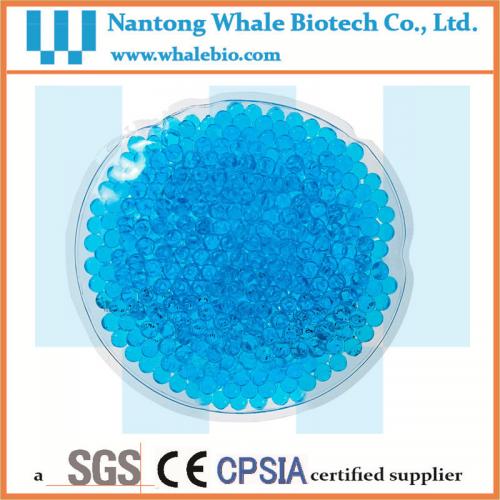
( July 2021) ( Learn how and when to remove this template message) Unsourced material may be challenged and removed. Please help improve this article by adding citations to reliable sources. This section needs additional citations for verification. It is usually mixed with sugar and red wine and served warm. Sagu is used in a traditional dish known as sagu de vinho ("wine sago"), popular in the southern state of Rio Grande do Sul. The making of tapioca balls was also introduced to Brazil (where cassava is native), where they are still known as sagu, despite being made from cassava and not sago palms. This translation is commonly used by English speakers and refers to the variant with 6 mm ( 1⁄ 4 in) tapioca pearls. When used to describe the drink, the characters 波霸奶茶 directly translate to boba milk tea, and loosely to bubble milk tea.

In Chinese, the word boba, 波霸, is a combination of a word for bubble and a word for big, which, when found together, is slang for "big breasts" or "buxom lady". It was only when one tea shop owner-in an attempt to make his tea stand out-decided to use larger tapioca balls and chose a more provocative name, "boba", to represent the difference. In Taiwan, it is more common for people to refer to bubble tea as pearl milk tea (zhēn zhū nǎi chá, 珍珠奶茶) because originally, small tapioca pearls with a 2.1 mm ( 1⁄ 12 in) diameter were used. Vendors who sell the drink usually add syrup or creamer before serving, or serve it on top of shaved ice. They get their Mandarin name, "frog eggs", from their white appearance in the balls' centers after cooking. They are popularly sold in "jelly tapioca pearls" (also known as "frog egg drinks") which are adaptations of Southeast Asian drinks and shaved ice desserts. Pearl sago and tapioca pearls were introduced to Chinese cuisine via the Hokkien diaspora. They are virtually indistinguishable in taste and can be used interchangeably.

Among these are tapioca pearls, which originated as a cheaper alternative to pearl sago. The introduction of cassava from South America during the colonial era added another starch source to Southeast Asian cuisine, resulting in cassava-based versions of Southeast Asian dishes that were formerly made from native starch sources. They are used in a wide variety of dishes and drinks like bilo-bilo, binignit, es campur, es doger, and halo-halo, among others.

Traditional versions of tapioca balls made from native starch sources like palm hearts or glutinous rice include pearl sago, landang, and kaong. Making jelly-like desserts from starch and using them in dessert dishes and drinks originated from Island Southeast Asia. Right: Sagu de vinho with crème anglaise, a southern Brazilian dessert of tapioca pearls in wine. Middle: Es campur, an Indonesian shaved ice dessert with various fruits and jellies Left: Bilo-bilo, a Filipino warm dessert soup of tapioca pearls in coconut milk


 0 kommentar(er)
0 kommentar(er)
